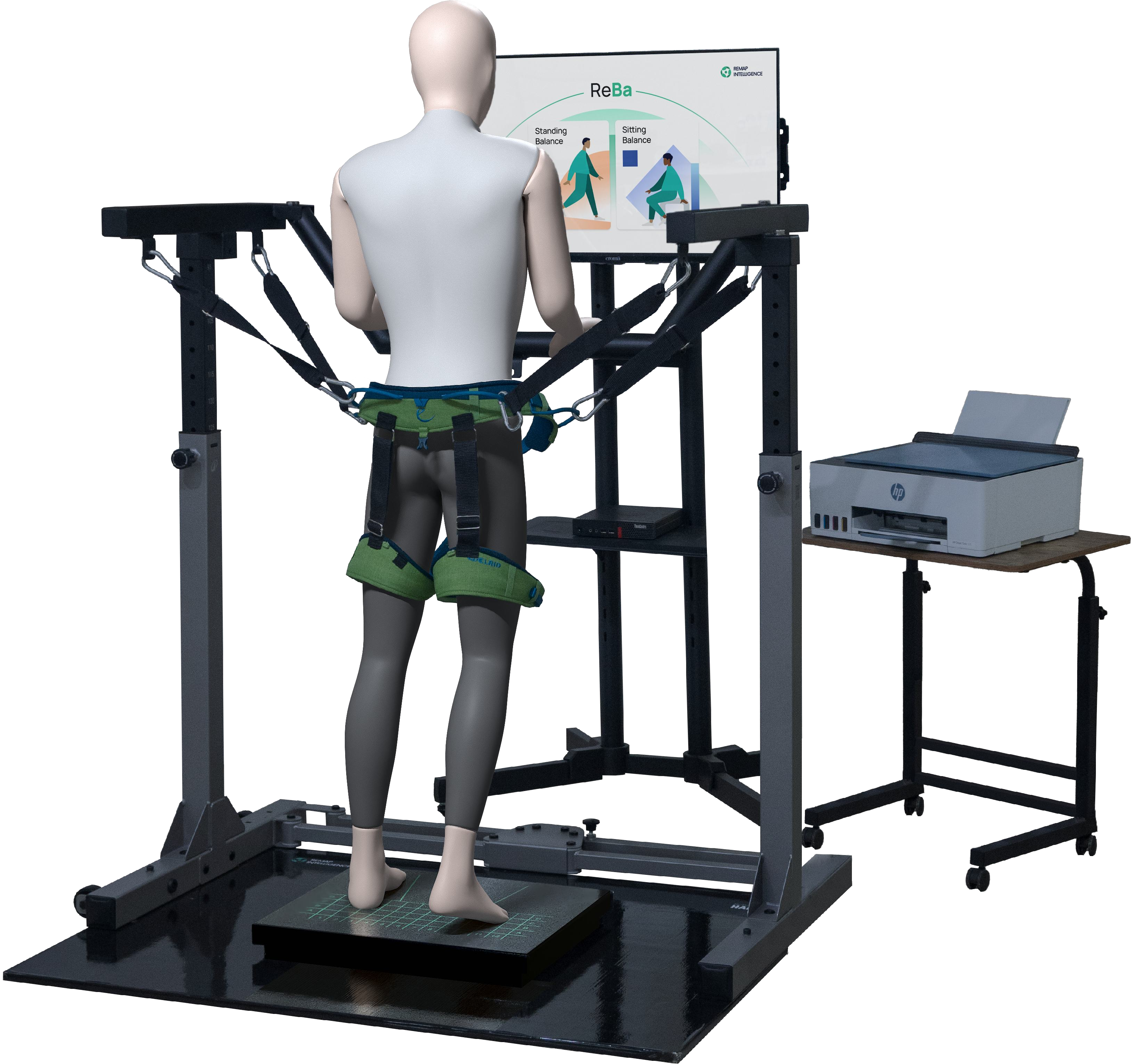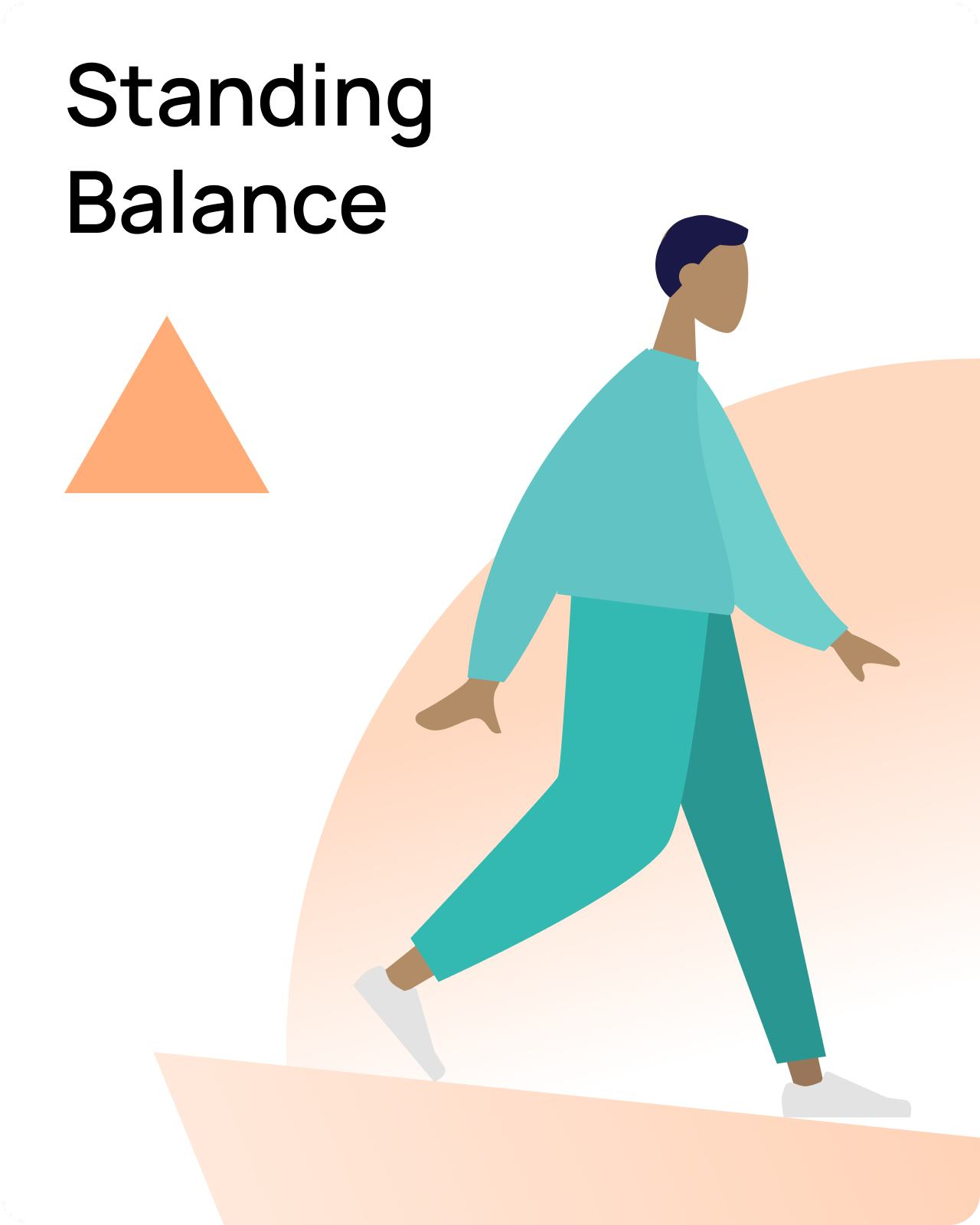
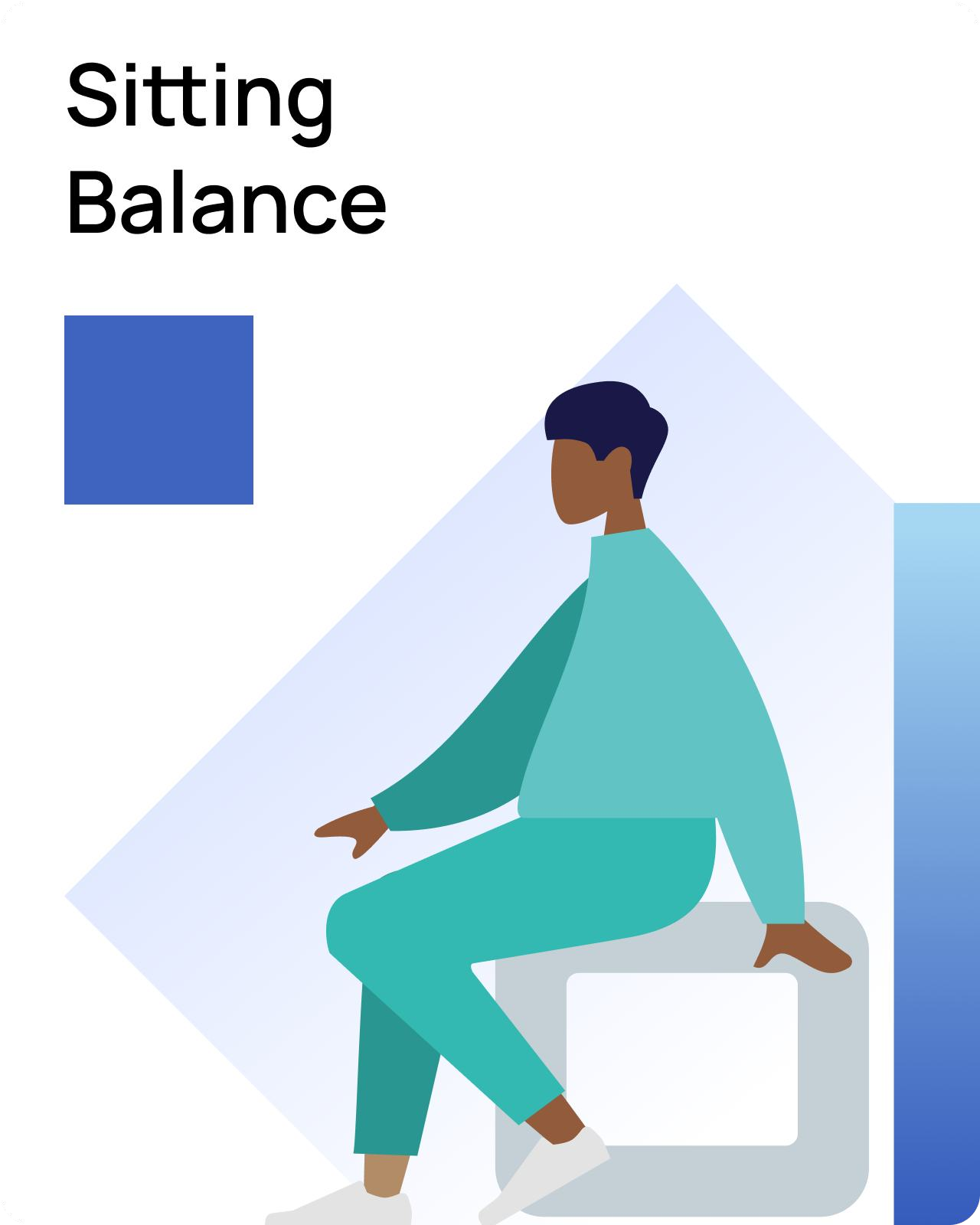
Comprehensive Sitting & Standing Balance Assessment and Training
APPLICATIONS

- Post-stroke functional re-education
- Degenerative diseases of the central nervous system
- Lesions of the peripheral nervous system.
- Ankle, Knee, Hip and Lumbar Region of Spine, making the patient carry out active balance exercises
- Muscle Strengthening
- Also used for sports rehabilitation
- Postural control, proprioception, and balance
- Prevent and evaluate the risk of falls
- Recovery of cognitive aspects.
19
Specialized Training
Modules
- Gamified Training Modules.
- Biofeedback.
- Sensory stimulation
- Task-specific training
- Motor + Cognitive Training
- Customizable
- Motivates patient to do high repetition
6
Objective Assessment
Modules
- 6 printable assessment reports
- Assess sway index, sway angle & velocity, sensory integration, weight distribution etc
- Fall Risk analysis
- Reports also available in PDF for easy sharing
- High accuracy
ASSESSMENT MODULES
“If you can’t measure it, you can’t improve it” - Peter Drucker
Six balance parameters are assessed, detailed reports utilizing precise sensor data after each session in both print and digital formats. These reports facilitate seamless sharing among individuals, families, and healthcare providers while simultaneously serving as authoritative documentation for billing purposes.
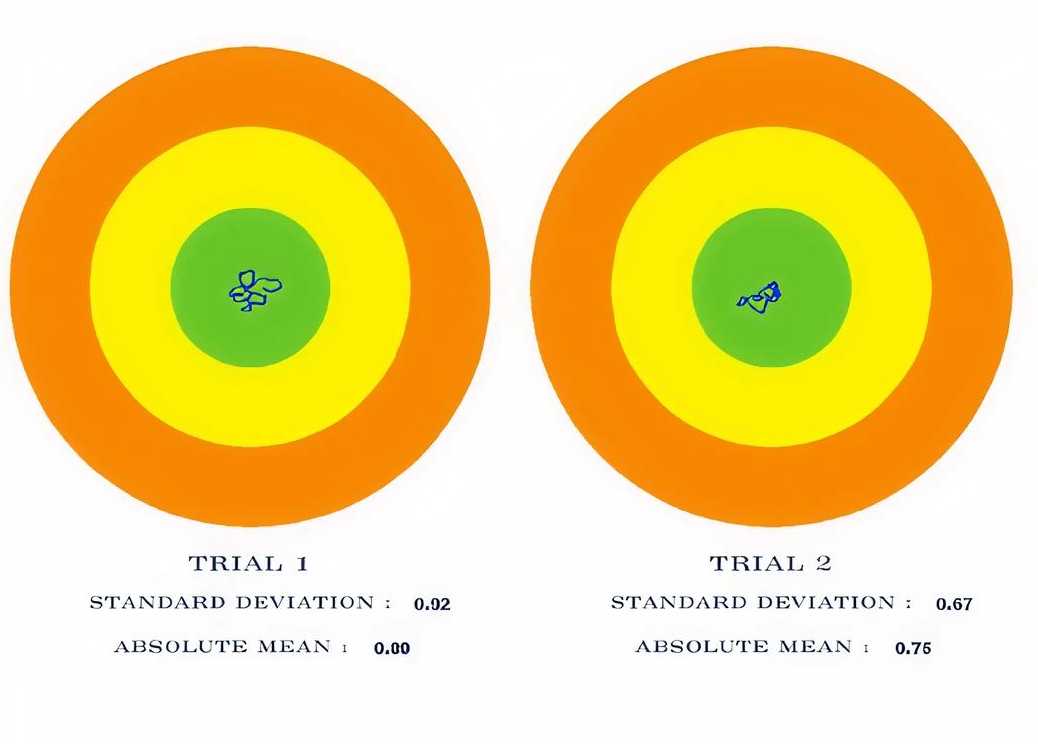
Postural Stability Test
Assesses a patient’s balance control by measuring postural stability, using standard deviation of sway in centimeters to quantify their ability to maintain center of balance.
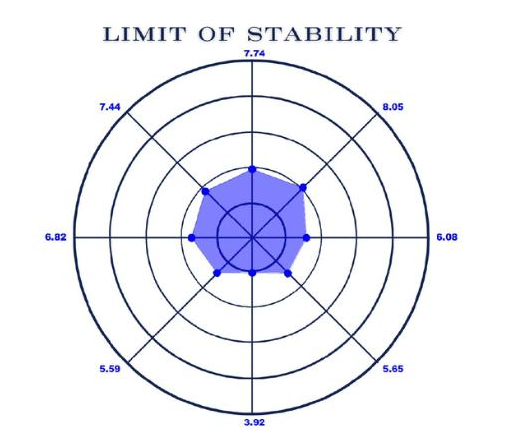
Limit of Stability Test
Measures maximum sway angle as patients lean in all directions within their base of support, offering valuable insight into dynamic balance, postural control, and functional stability.
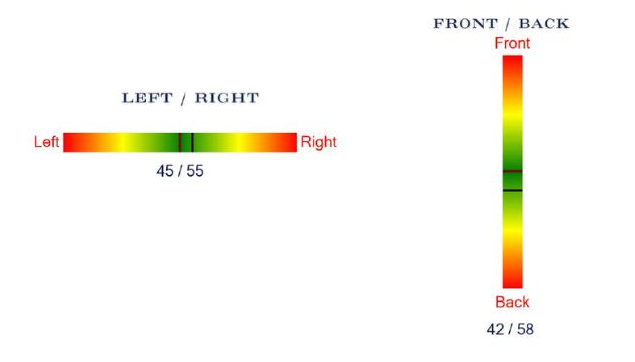
Weight Distribution Test
Evaluates how a patient’s weight is distributed across their base of support, offering insights into postural balance and helping identify asymmetries in stance or posture.
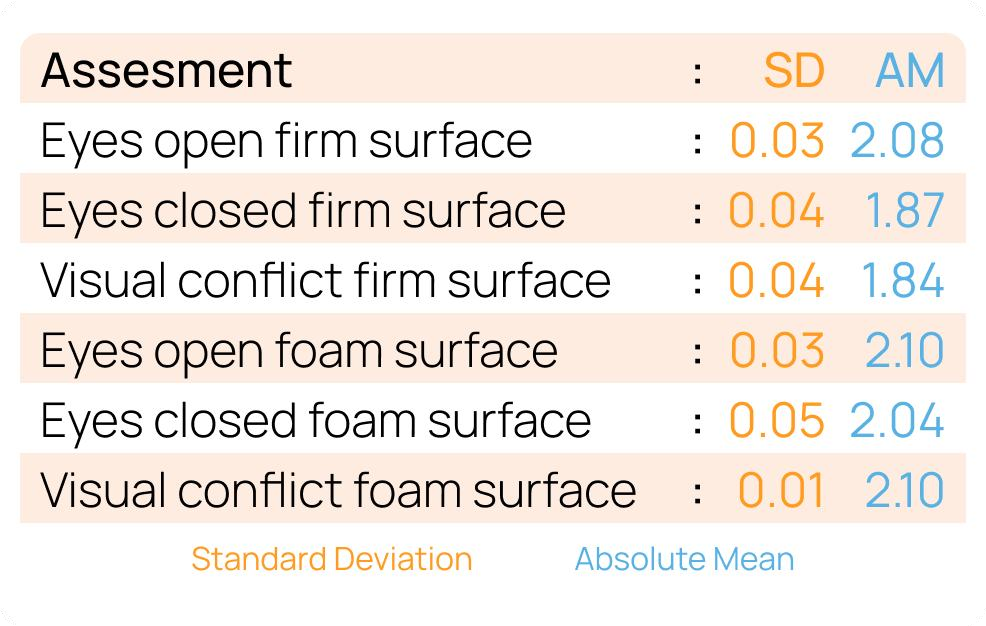
Sensory Integration Of Balance Test
Assesses how a patient uses sensory information to maintain balance in challenging conditions such as with eyes closed or on unstable surfaces like foam.
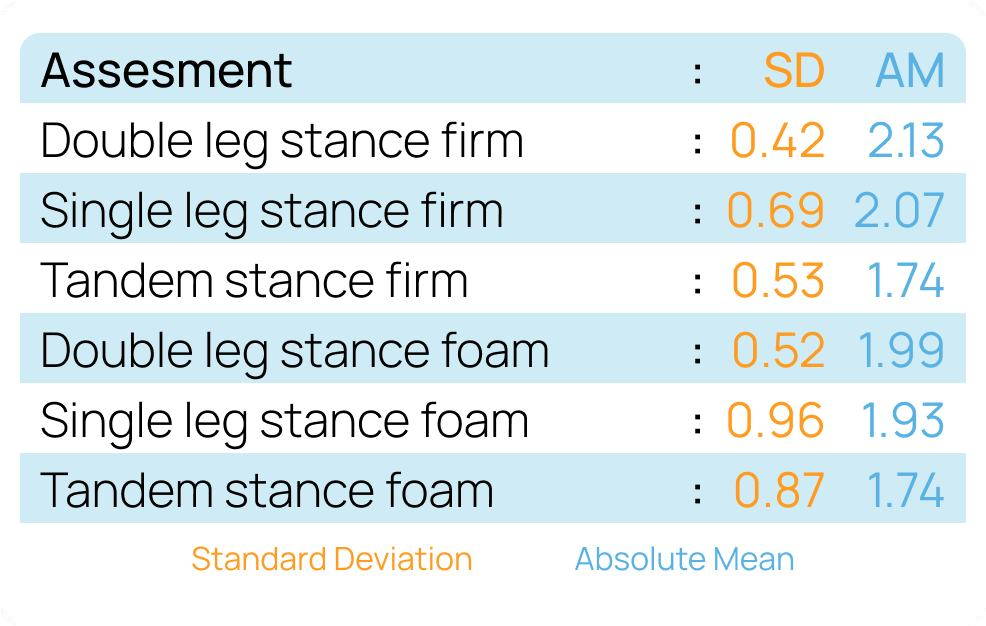
Balance Error Scoring System
Evaluates a patient's ability to maintain balance in single leg, double leg, and tandem stances, both on firm and foam surfaces under varying conditions.
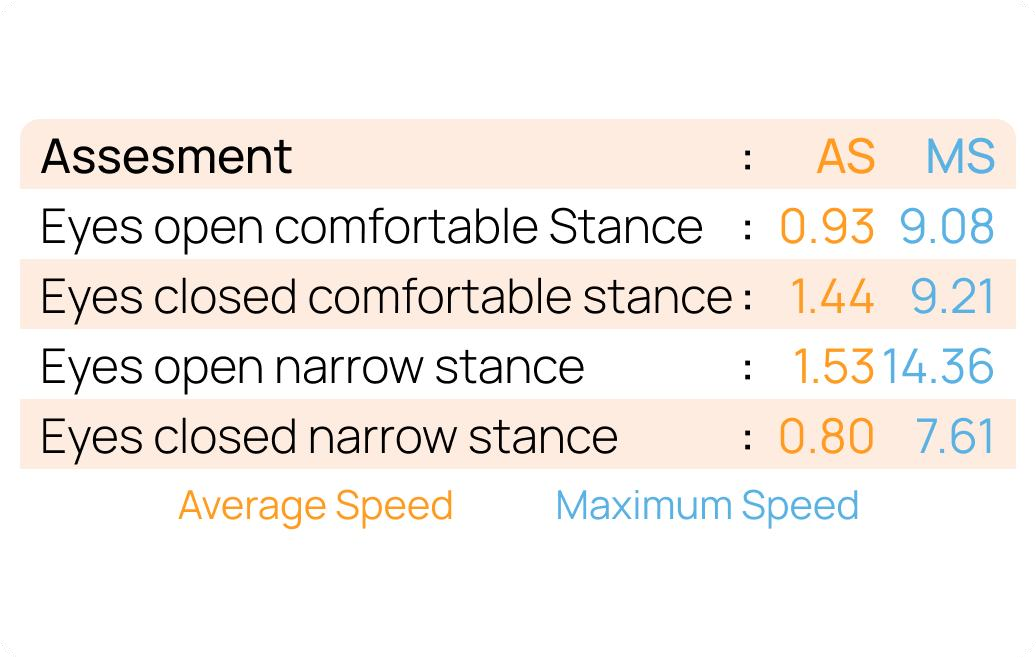
Fall Risk Test
Evaluates fall risk by measuring sway velocity; higher sway velocity indicates reduced postural control and a greater likelihood of falling during daily activities.
TRAINING MODULES
Accelerate Recovery Through Play. On-screen avatars and high scores transform therapy into a fun challenge, motivating patients to beat their goals and recover faster.
Sharpen Mind-Body Connection. Instant visual, sound, and sensory biofeedback helps patients intuitively correct their movements, dramatically improving motor control with every session.
Train Smarter, Not Harder. Based on proven science, our system engages the brain and body together, delivering superior and more lasting results than physical exercise alone
Balance Training
General Balance Training focuses on improving a patient's overall ability to maintain equilibrium in static and dynamic conditions.These activities help enhance proprioception, coordination, and neuromuscular control across a range of functional tasks.




Postural Stability Training
Postural Stability Training Include task to reaching outside the centre of gravity. This training strengthens trunk control and enhances reactive and anticipatory balance strategies.





Weight bearing Training
Weight Bearing Training encourages patients to distribute their body weight effectively through affected or weaker limbs, commonly used in stroke or orthopedic rehabilitation. This training supports limb activation, muscle co-contraction, and joint stability, promoting functional recovery.





Weight Shifting Training
Weight Shift Training allows patients to practice shifting their weight in medial/lateral or anterior/ posterior directions. This exercise can be performed on either a static or dynamic platform, depending on the patient's needs and progress.





USER INTERFACE



ACCESSORIES






OUR CLIENTS


